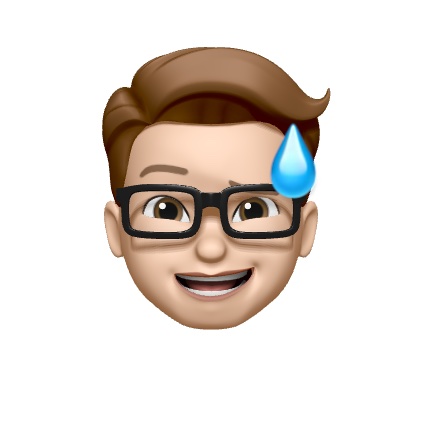HTML, or HyperText Mark-up Language, is the coding behind your favourite websites. Every element of a website, including the very one you are one now, is made up of HTML (and then styled with CSS, or Cascading Style Sheets). HTML has come a long way from where it once was. Where website developers would have to painstakingly add line after line of code in the past using HTML 1.0, now most of our HTML is managed through a Content Management System and written in HTML 5.
1
2
3
4
5
6
<html>
<body>
<h1>My First Heading</h1>
<p>My first paragraph.</p>
</body>
</html>
Above is a very very basic template of HTML. This HTML would be extremely simple and unappealing, so you would need to add lots more coding to create a functional site and then a lot of CSS to make it look attractive. You can imagine how difficult it must have been for the first HTML writers, it looks manageable here, less so when you’ve got over 100 lines!
HTML 1.0 was created in 1991 by a man named Sir Tim Berners-Lee, yet it was only with the release of HTML 2.0 in 1995 that HTML grew in popularity and use, HTML 3.0 came, and then HTML 4.01 became the standard across the web.
Luckily for us, we now have Content Management Systems (CMS) so that we can spend less time on the HTML and focus on the CSS; design is where HTML really begins to become its own. Many of us have used CMSs to create our own websites, such as Blogger, Wordpress, Tumblr even! I used a CMS called Netlify to create this website and then spent many painstakingly long hours fiddling with the CSS to style the Cocktails of the Continents section of the site! It wasn’t easy and it was frustrating - I can’t tell you how many times I went to throw my laptop out of my window! Obviously, I was only coding the CSS, if it wasn’t for the CMS I used, dealing with the HTML may have genuinely sent me mad! However, that said, it is a very rewarding discipline. When you manage to code correctly it’s an incredible feeling!
For now I will leave you with two pieces of key advice:
- Always remember to close your tags (e.g. <p></p>)
- Pay attention. One minuscule typo WILL stop your HTML working.
